The Covid Diaries 42: Garden Museum incl. Derek Jarman
Review of the Garden Museum and exhibition Derek Jarman: My Garden’s Boundaries are the Horizon. In which the Garden Museum is completely overwhelming with loads of things going on, but the overall effect is quite charming.
Why a Garden Museum in the Heart of London?
What a place the Garden Museum is! As far as museologists and museum enthusiasts are concerned, there is something for basically everyone. First of all, the museum occupies what was once the abandoned church of St Mary’s at Lambeth. This was transformed into the Garden Museum in the late 1970s in order to save it from demolition. The church had a long history, and is in fact the birthplace of John Tradescant, a famous gardener. More importantly for museum purposes he was also the collector (along with his son) of what became the Ashmolean Museum. This is generally accepted to be the first modern museum, so some real museum credentials there!
One room within the museum tells the story of the Tradescants, but this is just one among many exhibits. There is also a core collection on gardens, gardeners and gardening, a temporary exhibition space, and an outdoor garden. Not to mention the education room, research library, shop, cafe, and medieval church tower to climb. When I visited, there was even a plant-themed art fair in the nave of the church. So the connection between the site itself and gardening might at first seem tenuous, but the Garden Museum makes up for this with an explosive profusion of different points of interest, like so much jungle foliage.
What is on Display in the Garden Museum?
To deal with the core collection first of all, this is certainly interesting. The museum underwent a big redevelopment project between 2015 and 2017, so the displays are up to date and well-presented. Like the museum itself there are multiple focuses which either divide attention or mean there is something for everyone. There are displays on garden design, gardening techniques, the meanings and use of gardens throughout history, well-known gardeners, the origin of plants found in the UK, and so on. I am definitely someone whose attention is divided with so much to look at. As a result, I flitted from display to display like a butterfly in a garden.
Nonetheless there is plenty of interactivity and fun: I loved the wind-up man weighing out seeds, for example (see above). There is also a fun game where you choose your own adventure as a historic character bringing back historic plants. Overall it’s very object-led and engaging. It encourages visitors to relate what they learn back to themselves and question their expectations about gardens and gardening. Knowing what the space is like, I would like to go back some time and look at everything more slowly. I will still give the wind-up man a go though!
Is it a Church? Is it a Lookout? No, it’s the Garden Museum!
In terms of the rest, I did find it a bit like experiencing a museum version of ADHD, but still somehow in a good way. Maybe it was that there was the busy art fair on top of everything else? In any case I found it to be a sensory overload. First of all, you are in a church. Not a functioning church, but a church all the same. This means there are elements of ecclesiastical architecture to look at: stained glass, an unusual immersion font, arches, artwork, etc. It creates a great backdrop, but there is little to help you parse out the church from the museum. Just a couple of text panels and a little alcove which houses some of the historic sculpture.
And this is skipping ahead as it was the last stop on my visit, but there is also the church tower to climb. There are absolutely gorgeous views of the Thames down to Battersea and up to the Houses of Parliament. There are also some of the teeny-tiniest medieval stairs I’ve ever seen open to the public. I don’t know what you would do if you met someone coming the other way! All of this makes it very different from a typical museum space, but in a way that’s quite intriguing.
The Tradescants: Fathers of Modern Museums
Then there is the room on the Tradescants. I was not entirely sure I was supposed to go into this room, and someone else asked me if it was the way to the toilets, so I’m not sure all visitors get to experience this little historic segue. Again there are some elements of the former church, this time some tombs (see above, second row right). The focus is on telling the story of John Tradescant the Elder and Younger and the collection they put together. This was first displayed to the public for a fee from their home in Lambeth, known as “The Ark”.
Through his work as a gardener in the 16th-17th Century, Tradescant the Elder had the opportunity to travel. He started to amass a wealth of natural history and ethnographic objects in the style of a Wunderkammer or Cabinet of Curiosities. Elias Ashmole, who later left the collection to the University of Oxford, acquired it from Tradescant the Younger. The room which tells this story is interesting but a little bare. I thought it could have focused more on in-depth look at the Tradescants, with a focus on their botanic collection. This might have helped to tie it back to the Garden Museum’s core subject matter. As it is, for those who stumble upon it, it’s a bit of a curiosity in itself!
Next to this room is the little research library/archive. I found it slightly odd as it’s only big enough for one researcher and is faced in glass. This makes it a bit like a goldfish bowl for whichever studious academic type is in there at the time.
Oh, and there’s a garden, too!
Interestingly for a garden museum, the garden feels a little like an afterthought. Maybe it was the autumnal time of year, but I didn’t get much out of seeing the garden itself. Possibly I missed something? There’s a space outside which is probably part of the garden but feels more like a public verge or path. So what I saw of the garden of the Garden Museum was just a little square between the education room and the cafe. Nice, but nothing to write home about. Maybe I’ve just been spoiled by going to so many nice botanic gardens recently like this one and this one. The cafe seems lovely, definitely worth a visit when I’m next in Lambeth, I think.
So that’s the Garden Museum: the Tradescants would be proud, I think, of a space that crams so much in. It has something for everyone, and piques the interest of visitors, just like a Wunderkammer should.
Temporary Exhibition at the Garden Museum – Derek Jarman: my garden’s boundaries are the horizon
I don’t know much about Derek Jarman, and I’m pretty sure I have never seen any of his films. Should I admit that? I did read a while back, however, about his cottage and garden at Dungeness in Kent being saved for the nation following the death of Jarman’s former partner Keith Collins. Prospect Cottage is on a shingle beach, overlooked by a nuclear power plant. It doesn’t seem like the most promising location for a garden, but it brought Jarman great solace as his health declined before his death in 1994 due to HIV/AIDS.
The Art Fund only saved the cottage through crowdfunding in April. That means the Garden Museum planned a Derek Jarman-themed exhibition well before that was confirmed. It is nice though to see it knowing that this legacy of a creative spirit, historically important garden and also testament to an inexpressibly sad moment in history (and I am here referring to the AIDS epidemic) will be preserved.

The Garden Museum and Derek Jarman – How to Create a Garden From Nothing
The exhibition itself is small but clever. The recreation of the cottage houses some of Jarman’s found object artworks and notebooks; there is some contextual information on the importance of gardening in his life alongside some of his gardening books and tools. A side room houses some of his artworks on film. One of the design details that I particularly liked, however, was also the one that didn’t quite come off. To evoke the garden, you enter through an ‘outdoor’ space into the replica cottage. This involves crossing a pebble-strewn floor with full size images of the garden overlooked by the power station. However, because it is all enclosed, the sound of the pebbles crunching on the concrete floor is uncomfortably loud and disconcerting. I imagine visiting the real Prospect Cottage where the soundwaves float off into the sea air is a lot more relaxing.
But never mind, those are just details. Overall I think this is a really nice little exhibition. I know basically nothing about gardening, but the curators managed to convey to me why this garden is so influential. There is the way it seems to create something from nothing with plants seeming to grow from bare shingles. There is also the fact that it is not enclosed but, as the title suggests, stretches to the horizon. The Garden Museum has inspired me to find out more about Derek Jarman and his work, and also to keep an eye on Prospect Cottage. Maybe at some stage I can trek all the way out to Dungeness to see it for myself.
On its own merits: 3.5/5
Derek Jarman: my garden’s boundaries are the horizon: 4/5
Implementing Covid rules: 3/5
Derek Jarman: my garden’s boundaries are the horizon until 13 December 2020
If you see this after your page is loaded completely, leafletJS files are missing.

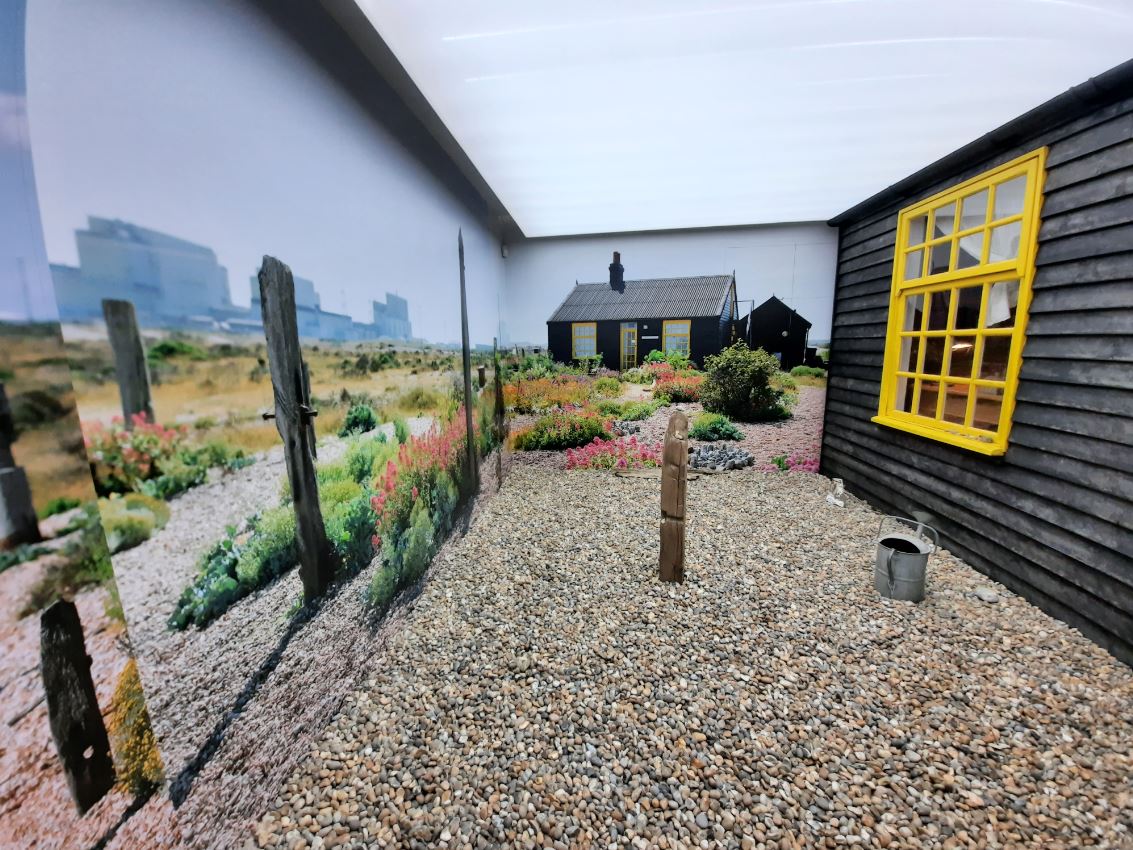

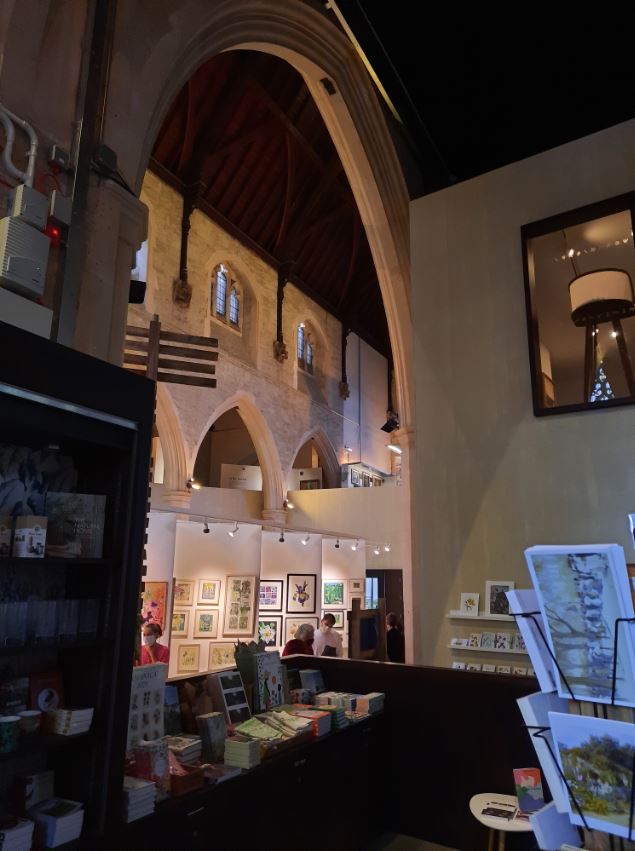
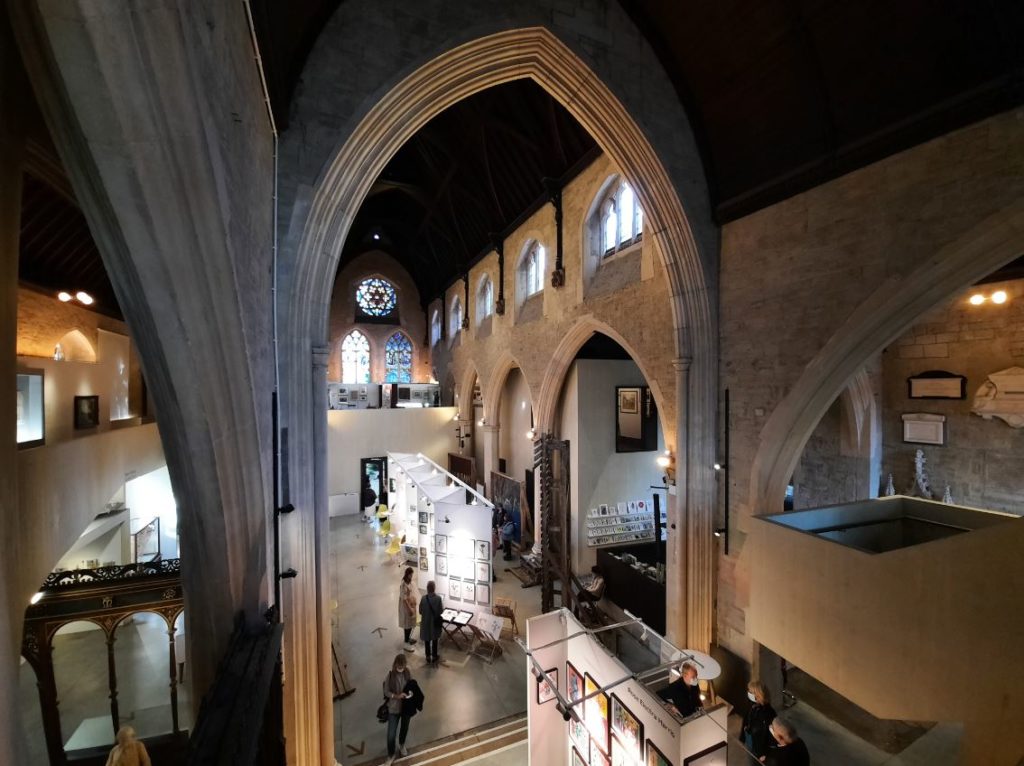


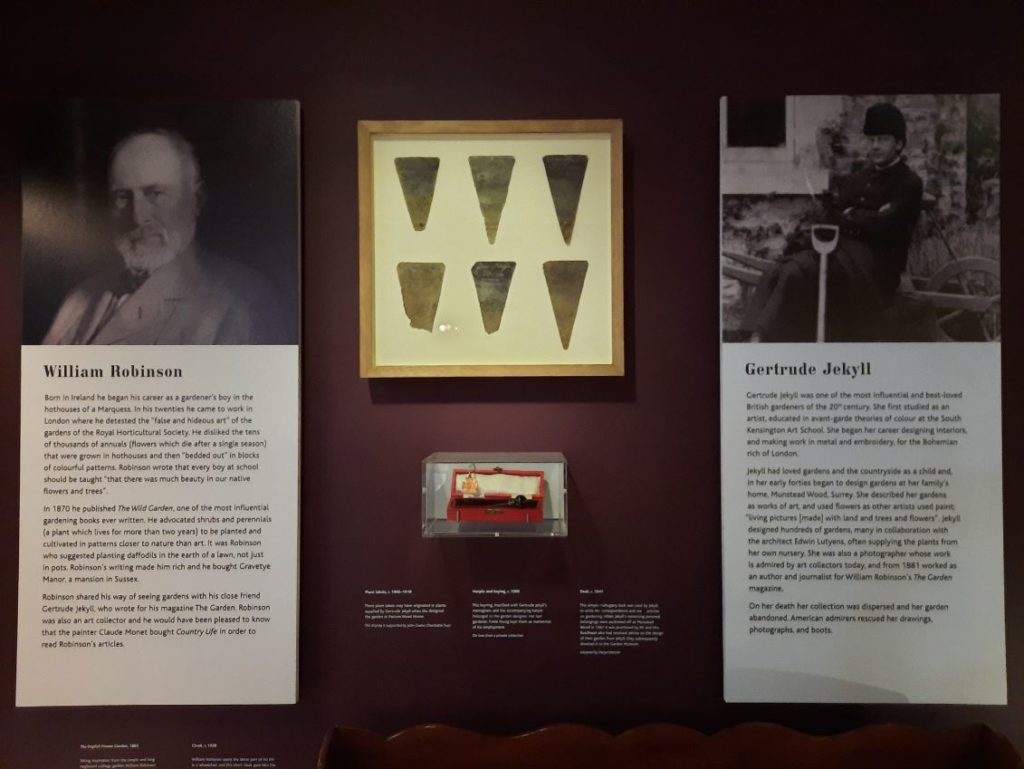
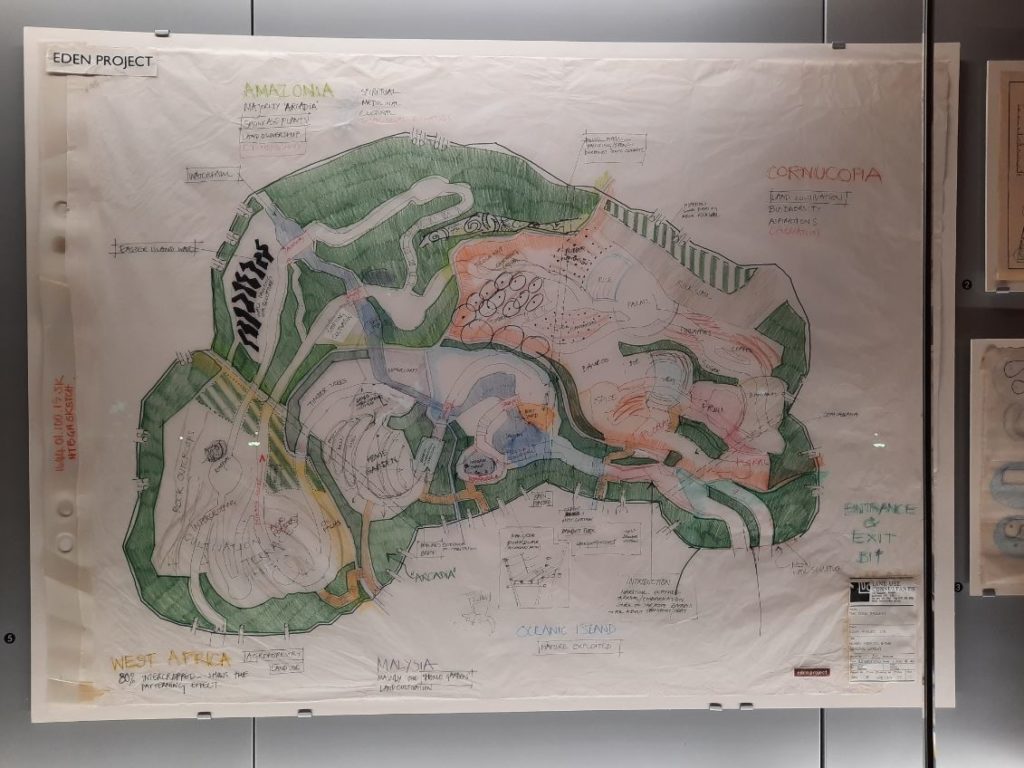

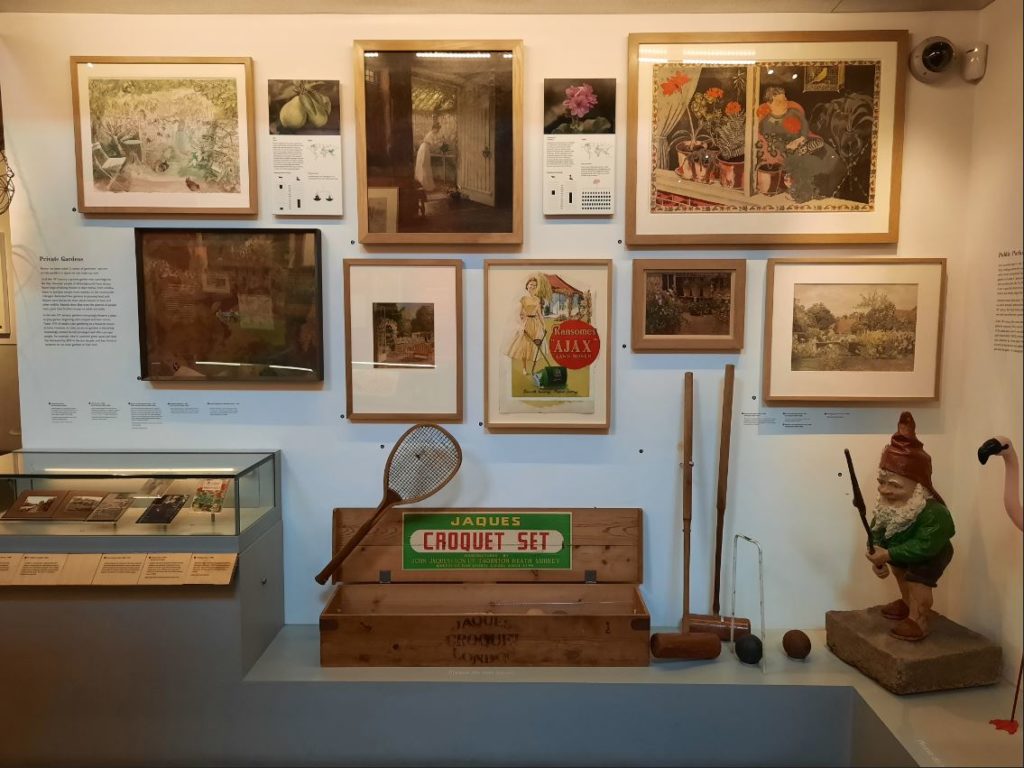



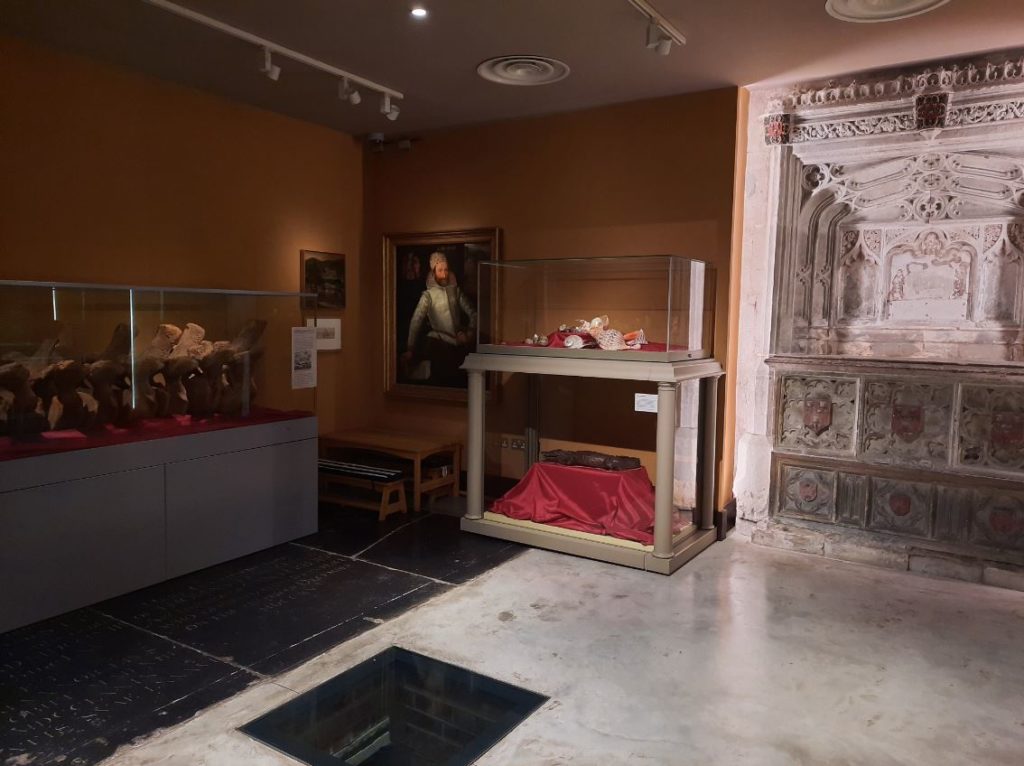

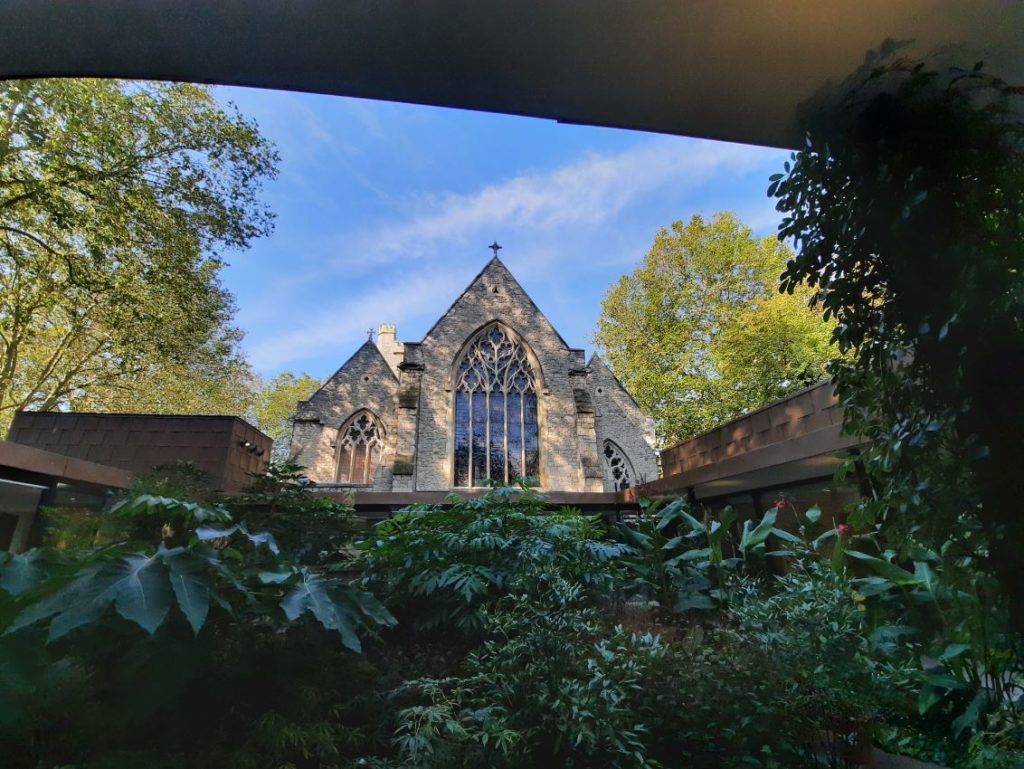
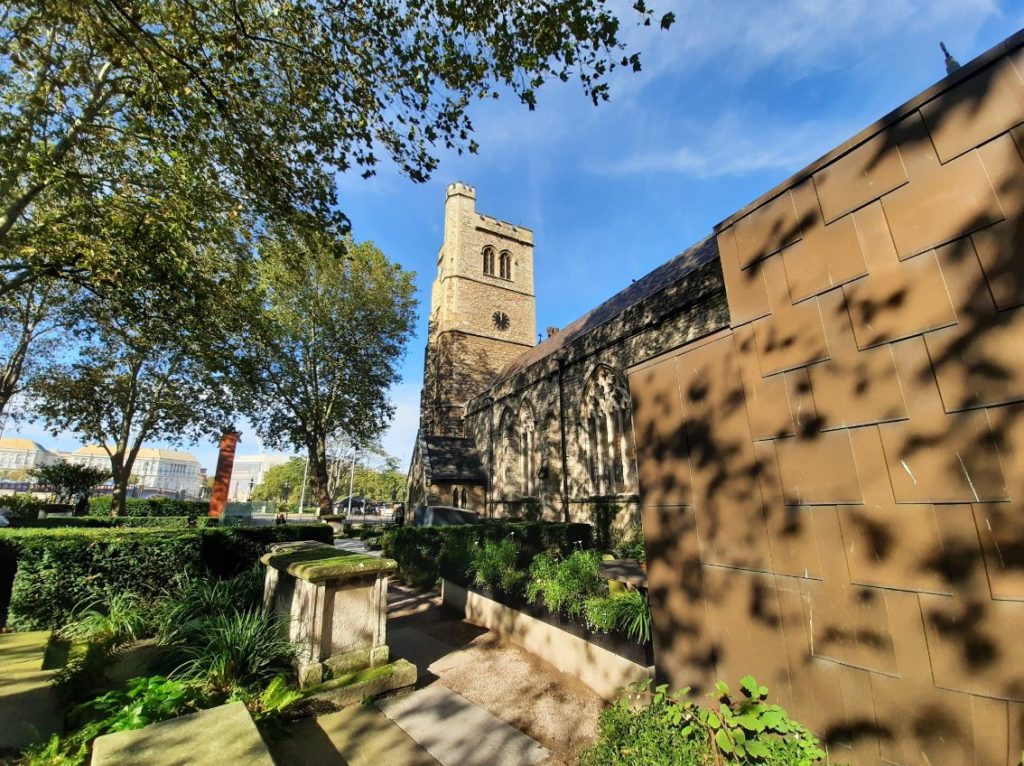


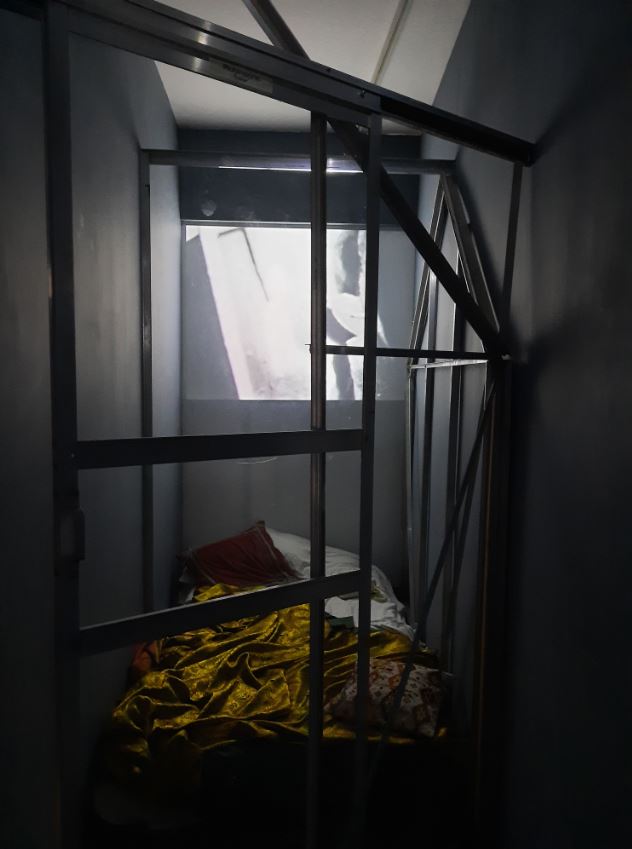

2 thoughts on “The Covid Diaries 42: Garden Museum incl. Derek Jarman”